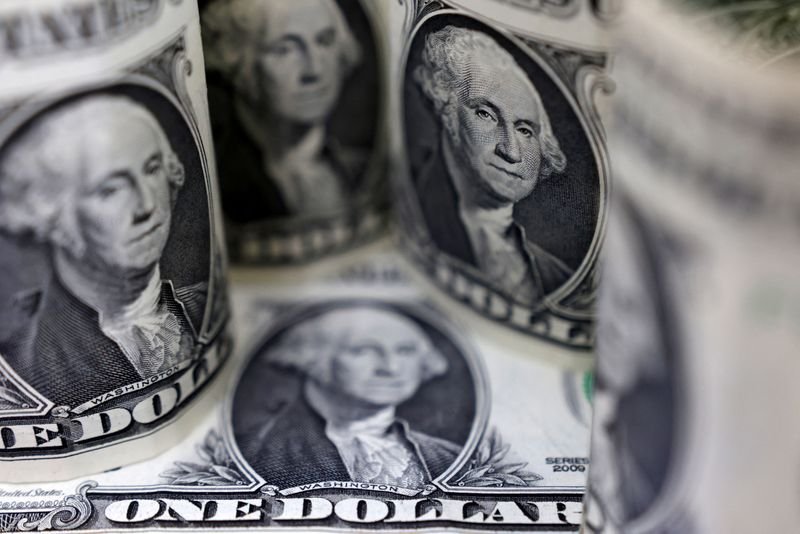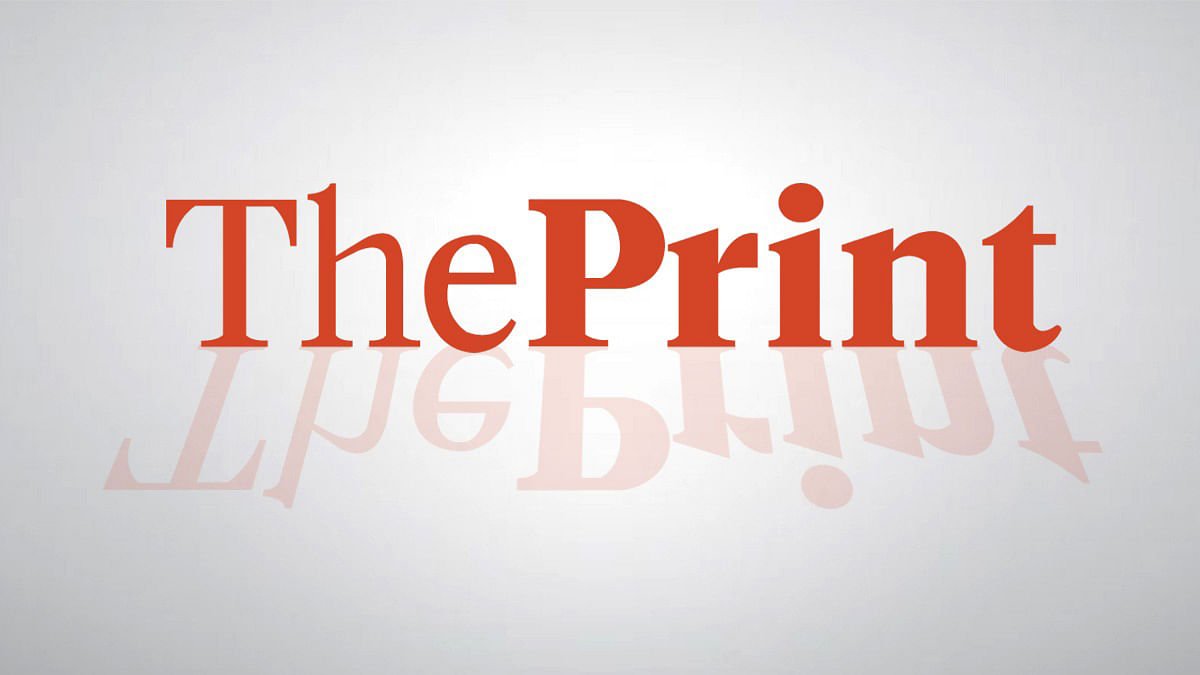
Image © Adobe Images
How the AI revolution could alter the dollar’s trajectory in both the short and long term.
Artificial intelligence is emerging as one of the most powerful structural forces shaping global markets, and its impact on the US dollar is becoming a central question for investors.
Two leading institutions – Bank of America and Crédit Agricole – have begun outlining how the AI revolution could alter the dollar’s trajectory in both the short and long term.
Their analyses suggest that while heavy technology investment and productivity gains could ultimately strengthen the currency, the near-term transition may expose vulnerabilities through shifting capital flows, labour disruption, and changing market sentiment.
The following framework summarises how each bank approaches the question of AI’s impact on the USD, combining their insights and direct quotations into a structured view.
👁️ 1. Equity Correlation and Market Positioning
Bank of America notes that the traditional link between the dollar and technology equities may be changing.
Historically, “the FX relationship to tech stocks: Traditionally negative-beta,” meaning a rising U.S. tech sector tended to weigh on the dollar. But the bank says that the “‘exceptionalism”http://www.bing.com/”anti-exceptionalism’ theme could challenge this dynamic.”
Crédit Agricole observes that this relationship has already shifted in practice:
“The correlation between the USD and US stocks has flipped yet again and has been positive since early October.”
The bank interprets this as evidence that “foreign investors fuelling the US stock market rally have lowered their FX hedge ratios,” leaving the dollar more vulnerable to corrections in US technology stocks.
🧭 Assessment angle:
- A sustained AI-driven equity boom could strengthen the dollar if investors continue to fund unhedged US exposure.
- But if technology equities correct or profit expectations cool, these same flows could reverse quickly, pressuring the dollar.
👁️ 2. Capital Expenditure and Productivity Effects
According to Bank of America, the US’s “cap-ex boom [is] undoubtedly USD supportive via disproportionate US GDP contribution of tech investment.”
In other words, heavy AI-related investment inflows strengthen demand for dollars by increasing capital spending, productivity potential, and real yields.
Over the long term, the bank expects a structural benefit: “likely net-positive for the USD, should increased productivity result in higher US real rates, amid otherwise disinflationary impulses.”
Crédit Agricole, however, warns that sentiment toward the AI theme may be evolving.
“Investors may be changing their assessment of the AI-revolution’s impact on the US outlook.”
While early on it was seen as “growth-positive,” concerns are now rising that “the potential negative AI-impact on employment and even inflation may have made investors less bullish on the US and hawkish on the Fed.”
🧭 Assessment angle:
- In the short run, heavy AI investment attracts global capital, supporting the dollar.
- In the longer run, the net impact depends on whether AI truly raises productivity or creates deflationary slack through job displacement.
👁️ 3. Labour Market Transition Risk
Bank of America highlights that AI’s adoption comes with “downside risks to labor markets (and thus USD), particularly in the transitional period as companies adjust.”
If automation pressures wages or employment, the near-term outcome could weaken consumption and growth, prompting the Fed to ease earlier than other central banks — a negative for the dollar.
Crédit Agricole echoes this concern, pointing to “the potential negative AI-impact on employment” as a factor already softening market sentiment toward the US.
🧭 Assessment angle:
- AI could temporarily weaken the USD if labour disruption triggers a dovish policy shift.
- Over time, if the transition is smooth and productivity gains offset labour strain, the effect could reverse into a structural dollar positive.
👁️ 4. Historical Analogy: Lessons from the Dot-Com Cycle
Bank of America compares today’s dynamic with the early 2000s tech boom: “The most apt yet imperfect analog. The USD rallied during both the dot.com rally and selloff.”
The bank notes that at the time, “sticky FDI was a much larger component then, while the USD’s ‘safe haven’ role was not recently challenged.”
🧭 Assessment angle:
The dot-com experience suggests the dollar can benefit both from AI optimism (via investment inflows) and risk aversion (via safe-haven demand) during a potential correction phase.
💸 Tactically Speaking…
AI introduces a two-speed story for the dollar:
Short-term: Vulnerable to shifts in sentiment, equity corrections, and labour market adjustment.
Long-term: Potentially supportive if AI drives lasting productivity gains and keeps US assets attractive.
As Bank of America puts it, AI’s arrival is “no small question.” Its immediate effects may unsettle the dollar, but its eventual impact could reinforce US economic exceptionalism — if the productivity promise is realised.







